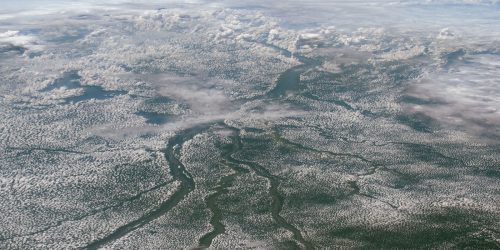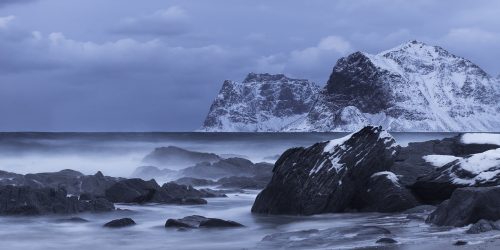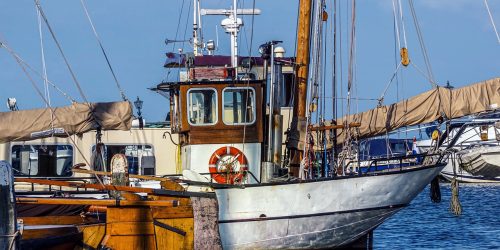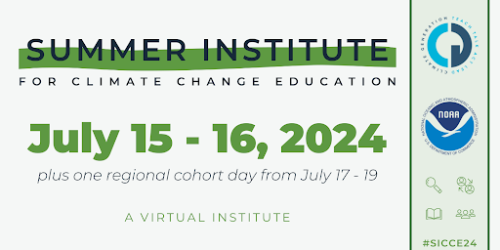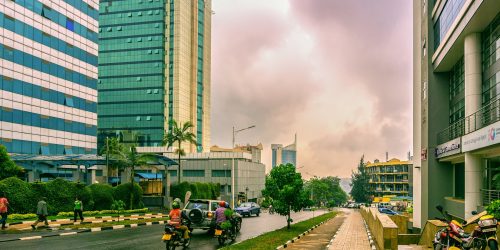NOAA CPO’s Climate Variability and Predictability (CVP) Program is announcing 10 new 3-year projects in Fiscal Year (FY) 2019 that aim to improve understanding of how the ocean surface and lower atmosphere interact in the Northwest Tropical Atlantic. Although this region has a strong connection to the development of Tropical events, details of the local air-sea interactions are not well understood. These air-sea processes and turbulent atmospheric mixing strongly influence many climate patterns that impact U.S. conditions as well as the genesis of extreme events like hurricanes. As part of two complementary field campaigns, the new research will ultimately provide critical fundamental knowledge needed to advance climate models and predictions. The competitively selected projects total $6.5 million, including $3.0 million in grants and $3.5 million in other awards. Every dollar CPO invests in international field campaigns to advance understanding and predictability of the climate system leverages at least two additional dollars1 in international partners’ co-investments in those same campaigns.
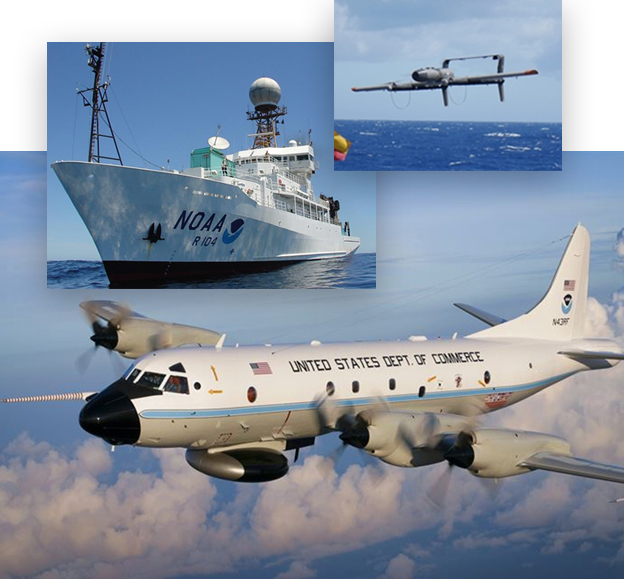
The U.S.-led field campaign known as ATOMIC and the two European-led campaigns known as EUREC4A and EUREC4A-Ocean-Atmosphere will take place over 6 weeks from January-February 2020. These campaigns have received international endorsement from the World Climate Research Program’s Climate and Ocean – Variability, Predictability, and Change project. During the campaigns, scientists will deploy instruments from the NOAA Ronald Brown research ship and both the NOAA P-3 manned aircraft and an unmanned aircraft to measure different cloud and air-sea interaction processes in the Northwest Tropical Atlantic region near Barbados. This particular region is right in the middle of a large body of warm water, which plays an important role in generating hurricane tracks and intensity as well as influencing other large-scale climate patterns by providing Tropical moisture to the atmosphere, which can have long-distance relationships with atmospheric conditions in the United States.
CVP-funded scientists will study specific cloud and air-sea interactions in the region like tradewinds moving across the warm water, as well as how ocean eddies, or circular currents, and regions with different ocean properties (like temperature) compare to regions of water with consistent properties in transferring heat and moisture to the atmosphere. They will also study how to better estimate these types of interactions in climate models, which are at scales too small to be explicitly represented and are currently poorly estimated. More accurate representation of key processes like these is crucial to reducing model errors and improving predictions across timescales.
These new projects will build on the research the CVP Program supports to advance understanding of climate system processes through observation, modeling, analysis, and field studies.
The 10 new projects funded by the CVP Program in FY19 are:
- “Observing and Understanding Upper-Ocean Processes and Shallow Atmospheric Convection in the Tropical Atlantic Ocean”
- PI: Christopher Fairall (NOAA/ESRL/PSD)
- Co-PIs: Gijs de Boer (CU-CIRES); Alan Brewer (NOAA/ESRL/CSD); Partner: Phillip Hall (NOAA/UAS) and Jon Neuhaus (NOAA/AOC/UAS)
- “Air-Sea Surface Fluxes over Ocean Eddies during the Atlantic Tradewind Ocean-Atmosphere Mesoscale Interaction Campaign (ATOMIC)”
- PI: Graham Feingold (NOAA/ESRL/CSD)
- Co-PIs: Jan Kazil (CU-CIRES); Takanobu Yamaguchi (CU-CIRES)
- “Upper-ocean salinity variability in the northwestern tropical Atlantic and its interactions with SST and winds”
- PI: Gregory Foltz (NOAA/AOML)
- Co-PIs: Denis Volkov (NOAA/AOML); Christophersen (NOAA/AOML) Collaborators: Rick Lumpkin (NOAA/AOML), Renellys Perez (NOAA/AOML), Shenfu Dong (NOAA/AOML), Gustavo Goni (NOAA/AOML)
- “Shipboard and Unmanned Aerial System (UAS) measurements of aerosol properties in the Coupled Ocean-Atmosphere System of the Northwest Tropical Atlantic”
- PI: Patricia K. Quinn (NOAA/PMEL)
- “Shallow cumulus convection in the Tropical Atlantic Ocean: Controls, responses, and mechanisms”
- PI: Chidong Zhang (NOAA/PMEL)
- Co-PI: Dongxiao Zhang (UW-JISAO; NOAA/PMEL)
- Interaction of the Lower Atmosphere and Upper Ocean
- PI: James C. McWilliams (UCLA)
- Co-PIs: Peter P. Sullivan (NCAR), Lionel Renault (UCLA)
- Coupled ocean-atmosphere interaction mediated by ocean mesoscale eddies in the Northwest Tropical Atlantic Ocean
- PI: Hyodae Seo (Woods Hole Oceanographic Institution)
- Co-PI: Carol Anne Clayson (Woods Hole Oceanographic Institution)
- Boundary layer fluxes into trade cumulus clouds
- PI: Simon de Szoeke (Oregon State University)
- Co-PIs: David Noone (Oregon State University);
- Spatial structure of air-sea interaction in the tropical Atlantic Ocean
- PI: Elizabeth Thompson (U Washington/Applied Physics Laboratory; NOAA/ESRL/PSD)
- Co-PI: Jim Thomson (U Washington/Applied Physics Laboratory)
- The relationship of trade-wind cumulus and its mesoscale organization to the larger-scale environment of the Northwest Tropical Atlantic (ATOMIC)
- PI: Paquita Zuidema (RSMAS)
1Based on financial estimate information stated in the CLIVAR endorsement of ATOMIC/EUREC4A-OA


